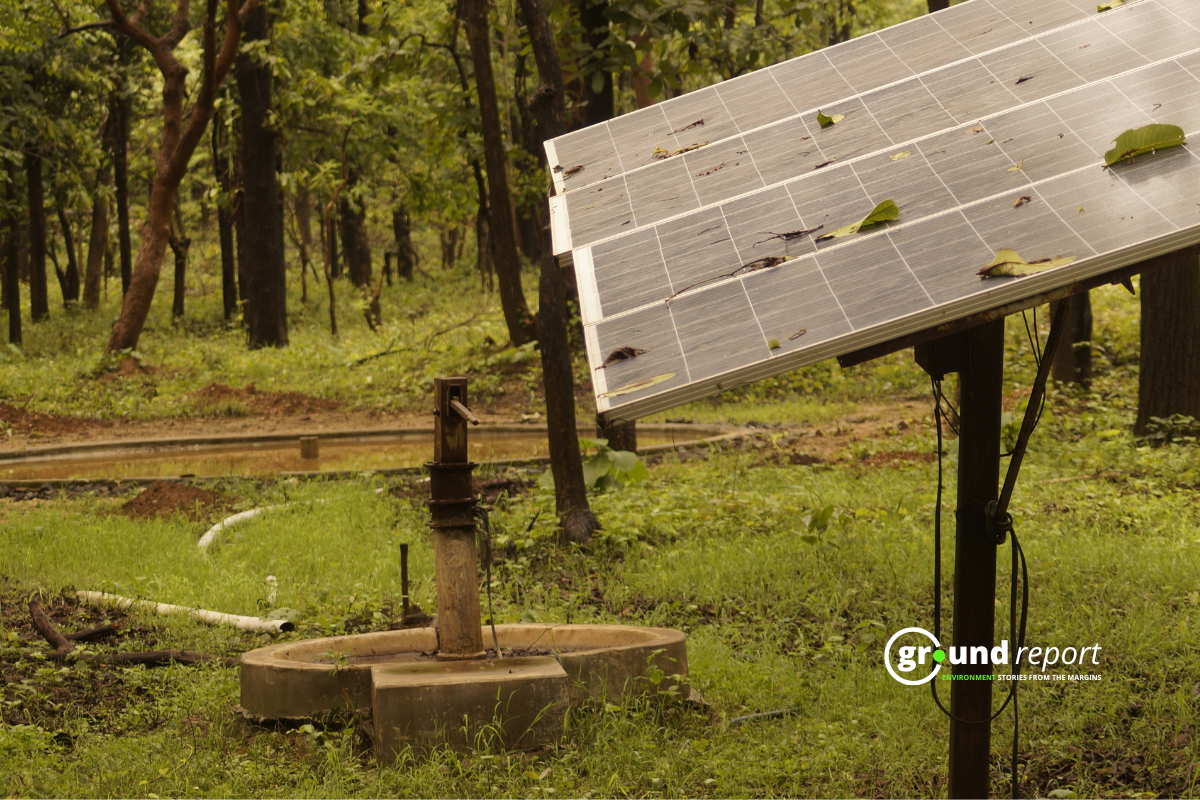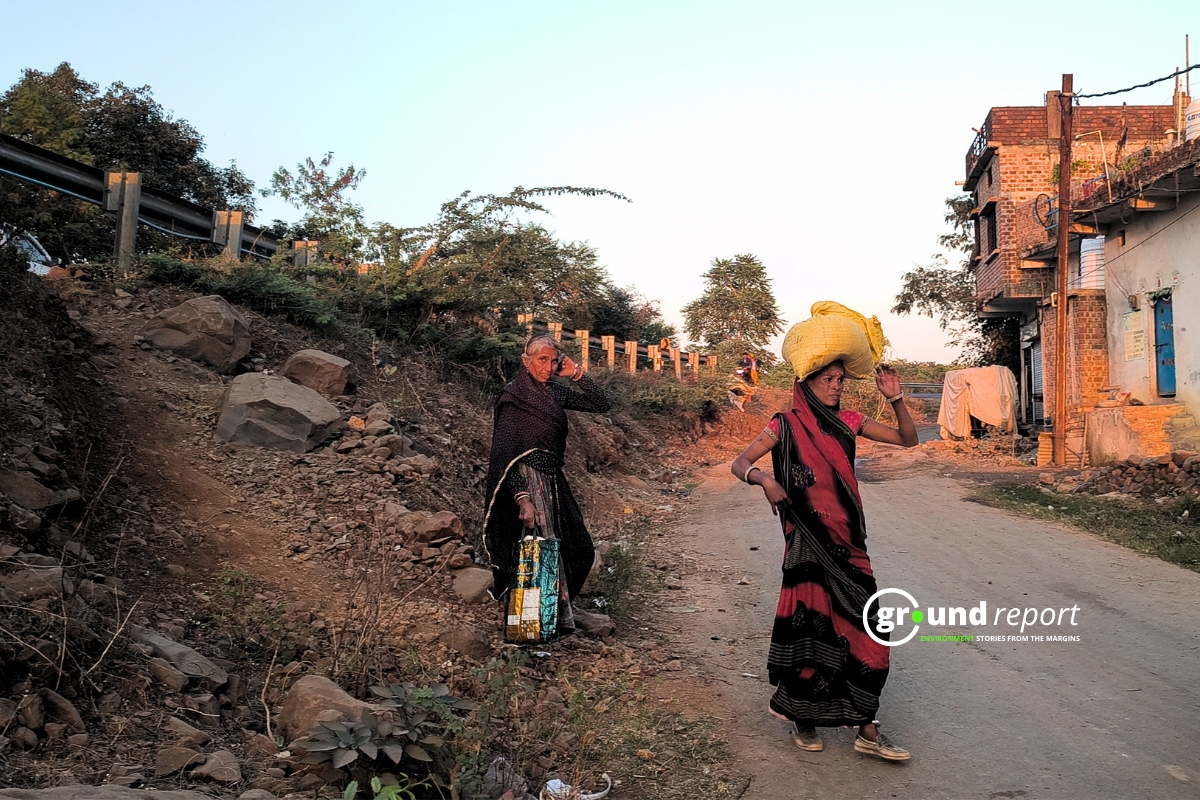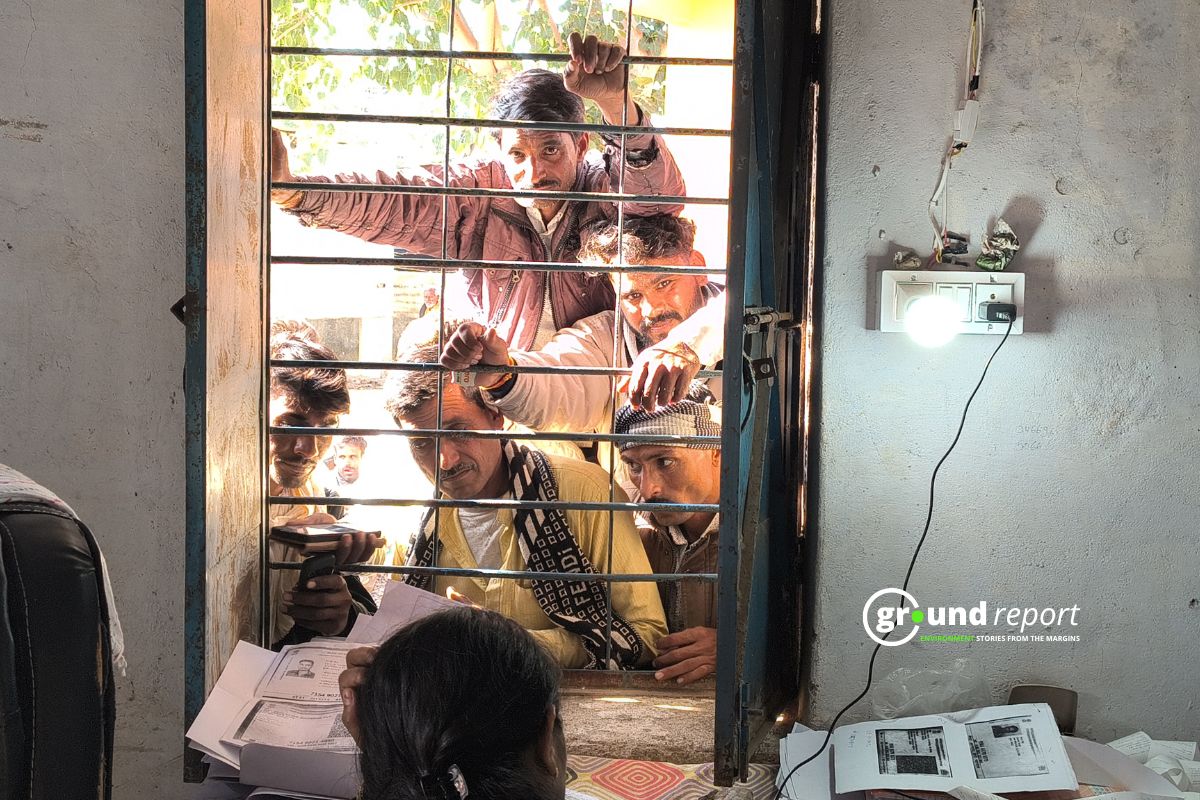In many rural parts of India, people still depend on groundwater for drinking. Often, this water contains dangerous levels of fluoride and iron. The effects are serious—stiff joints, bone pain, and long-term health damage. For families in remote villages, finding safe drinking water remains a daily struggle.
Now, a group of researchers at the Indian Institute of Technology (IIT) Guwahati has developed a solution that could change this. They’ve built a low-cost, community-scale water purification system that can clean up to 20,000 liters of contaminated groundwater every day. The cost of treating 1,000 liters is just Rs 20. That makes it one of the most affordable solutions available for areas that lack access to clean water.
The system removes up to 94% iron and 89% fluoride from groundwater. It has already been successfully tested in Changsari, Assam, for 12 continuous weeks. The pilot project was carried out in collaboration with the Public Health Engineering Department of Assam and implemented by Kakati Engineering Pvt. Ltd.
Purification system works in 4 stages
The purification process involves four steps. In the first step, called aeration, a specially designed device adds oxygen to the water, which helps remove dissolved iron. In the second stage, known as electrocoagulation, a mild electric current passes through aluminum electrodes. This releases charged ions that attract and bind with pollutants.
Next comes flocculation and settling. Here, the bonded contaminants form clumps, which settle at the bottom of the chamber. Finally, in the fourth step, the water passes through a multi-layer filter made of coal, sand, and gravel, removing the remaining impurities.
Professor Mihir Kumar Purkait from the Department of Chemical Engineering led the project. He explained the technology in simple terms:
“Electrocoagulation generates coagulants directly in the water using electricity. These help bind and remove suspended particles. Gas bubbles formed during the process also lift impurities to the surface.”
The system is designed for long-term use. It requires minimal supervision and can last up to 15 years. The only routine maintenance is the replacement of electrodes every six months. To make this easier, the team has added a built-in alert system that signals when the electrodes need to be changed.
To further reduce the system’s dependency on electricity, the researchers are exploring ways to power it using solar or wind energy. They also plan to capture the hydrogen gas produced during the purification process for additional use. The team is working on adding real-time sensors and automated controls, which would make the system even more suitable for remote areas with limited technical support.
The research was conducted by Prof. Purkait along with Dr. Anweshan, Dr. Piyal Mondal, and research scholar Mukesh Bharti. Their findings have been published in the peer-reviewed journal ACS ES&T Water.
This development is especially relevant for states like Rajasthan, Andhra Pradesh, Telangana, Karnataka, Gujarat, and Haryana, where fluoride contamination is a serious issue. In these regions, millions continue to rely on groundwater despite its risks. This new technology offers a practical and affordable way to reduce those risks.
Prof. Purkait said,
“By combining our system with smart technologies and renewable energy, we aim to make it more effective in remote and underserved areas.”
The team also plans to integrate this system with other water purification methods in the future. That could further improve its performance and make it adaptable to different types of water contamination.
This is not just a breakthrough in research. It’s a direct response to a public health crisis. With wider adoption, this technology has the potential to bring safe drinking water to villages that have never had it. It’s a step toward solving one of India’s most persistent and overlooked challenges.
Support us to keep independent environmental journalism alive in India.
Keep Reading
How Can Bhoj Wetland Address the Issue of Microplastics?
Indore’s Ramsar site Sirpur has an STP constructed almost on the lake
Indore Reviving Historic Lakes to Combat Water Crisis, Hurdles Remain
Indore’s residential society saves Rs 5 lakh a month, through rainwater harvesting
Stay connected with Ground Report for under-reported environmental stories.
Follow us on X, Instagram, and Facebook; share your thoughts at greport2018@gmail.com; subscribe to our weekly newsletter for deep dives from the margins; join our WhatsApp community for real-time updates; and catch our video reports on YouTube.
Your support amplifies voices too often overlooked—thank you for being part of the movement.






